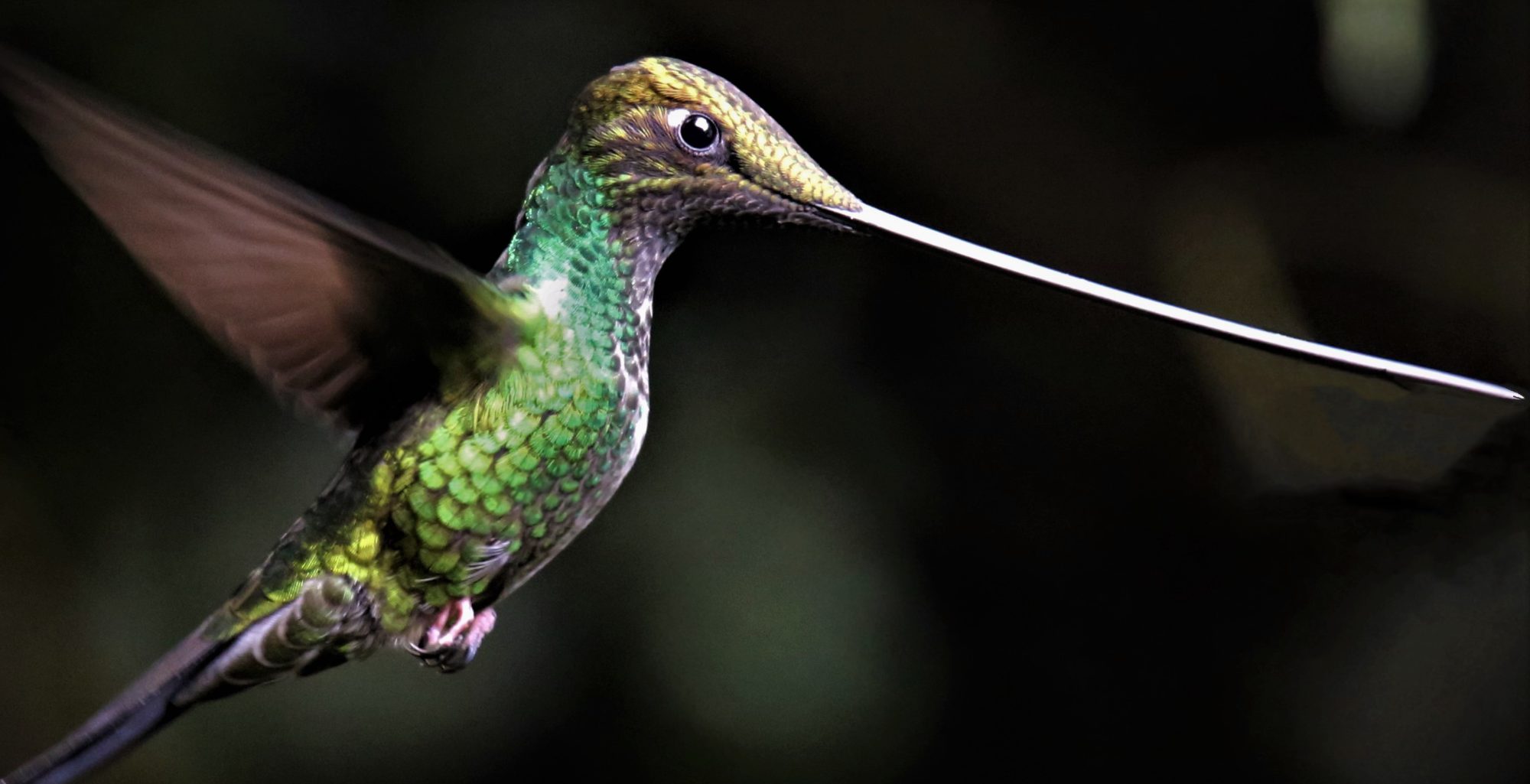The image above is a stylized photo of two Madagascan Sunset Moths taken while they were fluttering around in the same trees as the Golden-Crowned Sifakas. It was a magical moment not far from our campsite, after we had an arduous day looking for mantella frogs.
For more information on the moths, mantellas and Sifakas look below the gallery.
The first few photos in the gallery below are from the first river crossing and the taxi-brousse we used to get from the first crossing to the second. In most cases I try to keep the order of photos in the gallery in the order in which they were taken. Because I didn’t take any photos from Nosy Be to the Port of Ankify, I substituted the four photos from the return trip at the end of this gallery. The first photo of those four has Jacques seated in front of the boat captain. Again I want to state, he was a big part of the success of the 2024 North Madagascar trip.
We spent two nights at Tattersall’s camp. We arrived late the first day, had dinner and went on the night hike where we saw the Aye-ayes. I got some photos, which I included in the gallery, but Lonny got better ones. The photos he took have L PACE in the bottom right corner.
Most of the second day was spent driving to a GPS location even further off the beaten path than the campsite, where we then walked on a very hot sunny day to see if we could verify the existence of Mantella frogs that were reported to be hybridizing in a small patch of forested streambed. I believe a colleague of Devin’s enlisted his help to look into the potential of doing a research project on the tiny endemic frogs which are of particular interest to Devin. It was all in the interest of advancing science. In this case it might potentially lead to providing evidence that two frogs that are currently classified as different species, may better be described as variations in color that exist together.
After breakfast on the third day we headed south to Andapa.
(Click on any thumbnail to start the gallery and view the whole image.)
Although The Sunset Moths look more like butterflies than they do moths, they have an evolutionary history that links them to moths as well as some features about their antennae that are more like moths than butterflies. Curiously, when they were first described in the eighteenth century western scientific literature, they were considered butterflies because they flew during the day and were brilliantly colored. Both moths and butterflies are classified in the Order Lepidoptera.
Although I don’t consider myself an expert on Mantella frogs. I used to have quite a few in the back of my classroom. Some of my students referred to it as the school zoo, While staying at Tattersall’s Camp we drove to another location eventually following dirt roads that required skilled driving until we got to the point that there were only unmarked trails. Then we took a pretty strenuous hike (Some of our members were wearing watches that kept track of distance and they said the hike was up and down, round trip, about six miles.) to visit Mantella manery and Mantella ebenaui. The mantella photos in the gallery above are from that part of the trip and proof that I made it. Though I think everyone who took the hike saw mantellas, we didn’t all make it to the GPS location that Devin was investigating. It was hot and some people ran out of water and got “lost” on a different trail. I was being looked after by one of the local guides because I was the oldest of the hikers. Some in our group got to a point that the mountain was too steep and dangerous to climb. I was taken by a different route. I didn’t realize until I got home that the mountain photo in the gallery above has a black and blue dot in the left foreground, which I believe may be some of the other members of the group that took the other route. If you are interested in seeing the school zoo click here. Those frogs and vivariums were donated to the Roanoke Science museum when I retired.
I am not sure if Tattersall’s camp is named because he did research there or in honor of Dr. Ian Tattersall, a man well-known in the academic fields of anthropology and primatology. At the time of this writing, he is listed by the Lemur Conservation Foundation as a member of their Scientific Advisory Panel and as Curator Emeritus, Division of Anthropology, Professor Emeritus, Richard Gilder Graduate School American Museum of Natural History. I now know the Golden-Crowned Sifaka, which is critically endangered, has the scientific name of Propithecus tattersalli. It wasn’t described as a distinct species until 1988. and before that time it was considered a variant of the Diademed Sifaka, Propithecus diadema. Dr. Tattersall may have pushed for Golden-Crowned Sifakas to become a distinct species, but I doubt he named the beautiful Lemur after himself. Scientists usually don’t do that.


























































